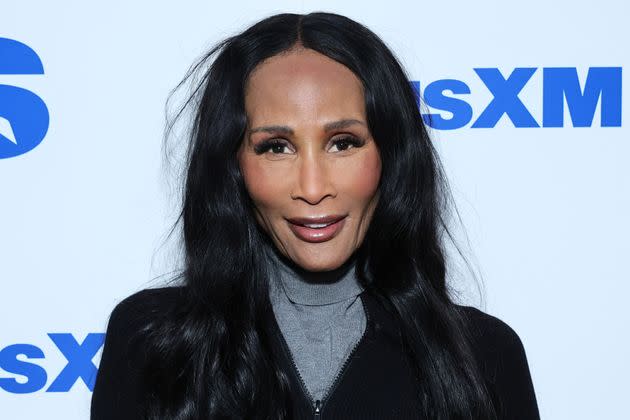Beverly Johnson Reveals She Took Cocaine To Stay Thin Early In Her Career

Supermodel Beverly Johnson has appeared on more than 500 magazine covers during her long-running career.
Iconic supermodel Beverly Johnson is looking back on a dark time when her health spiraled out of control for the sake of the scale.
In a new interview with Page Six, Johnson, 71, revealed she used to take cocaine early in her career to stay slim after fashion industry moguls pushed her to look “chiseled to the bone” for photoshoots.
“We were led to believe that cocaine was not addictive. We didn’t know cocaine was addictive. Everyone used drugs back in the day but that particular drug for models was used because we did not eat,” Johnson said of the appetite-suppressing drug in a story published Tuesday.
The longtime model went on to recall her undernourished diet of “two eggs and a bowl of brown rice a week,” which she said left her “shaking in a cab.”
“I would say pull over because I have to get a bag of M&Ms. I would just stop and get the shakes. We did not eat, and every time you came to work they would say, ‘Yes! Chisel to the bone girl. Yes,’ like congratulating you. Nobody really told you the truth,” Johnson explained.
The “Crossroads” star, who has since been sober for over 50 years, said it took her mom putting her in front of a “three-way mirror” so she could see her “bones look back” at her for her to realize she was in danger.
“It was a major wake up call for me,” Johnson said of the intervention.
Johnson’s candid comments come amid the 50th anniversary of her becoming the first Black woman to appear on the cover of Vogue for its August 1974 issue.
Back in June 2020, Johnson opened up about another challenge she faced in the modeling industry: racial discrimination.
“My race limited me to significantly lower compensation than my white peers,” she wrote in an op-ed for The Washington Post. “The industry was slow to include other black people in other aspects of the fashion and beauty industry. I was reprimanded for requesting Black photographers, makeup artists and hairstylists for photo shoots.”
She added: “Silence on race was then — and still is — the cost of admission to the fashion industry’s top echelons.”
